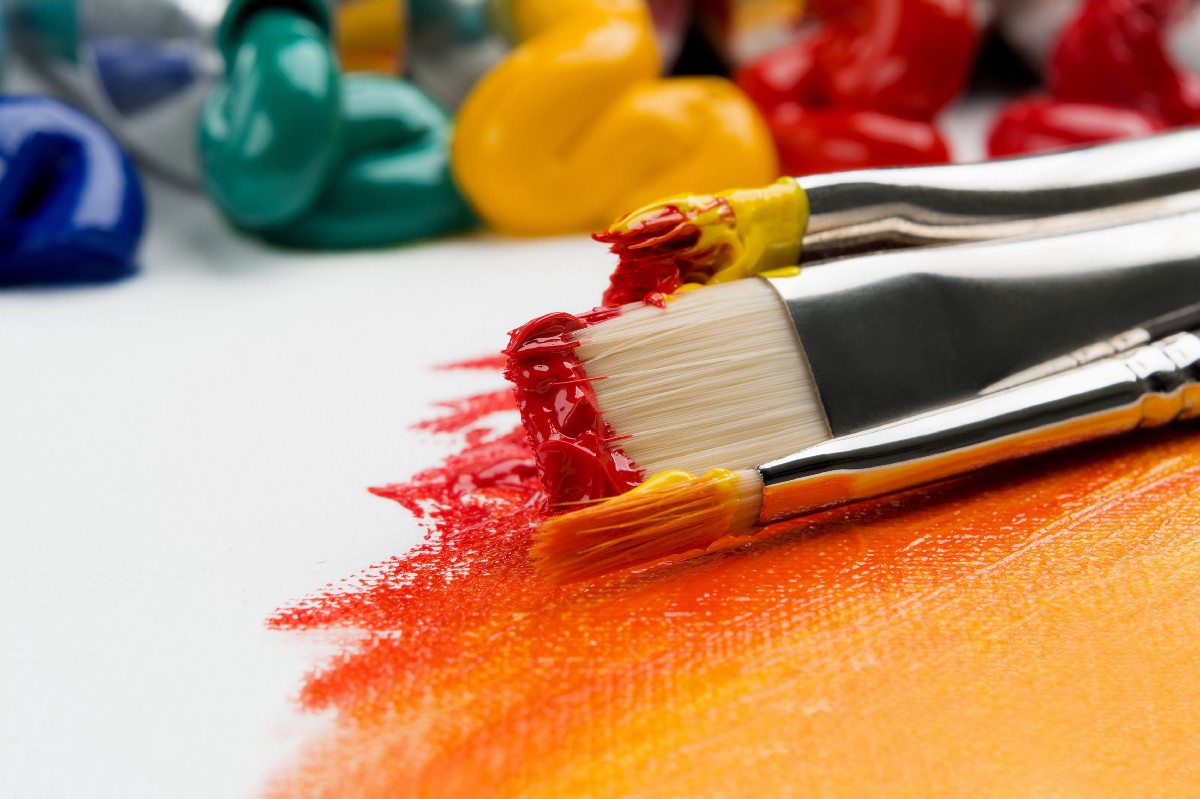
How do you know if abstract art is high quality or not? Read more to find out! Photo by Anna Kolosyuk
Some critics argue that any person throwing paint at a canvas can claim they are an artist under the umbrella of abstract art. Many realistic painters claim abstraction requires no skill, that it is made up of chance and chaos.
But that form of thinking does true abstractionists a terrible disservice.
In order to explain why this thinking is so flawed, you must understand what true abstract painting is and the difference between a good and a bad abstract oil painting.
Art, everything from hyper-realism to full-blown abstraction, has to do with intent. This is where quality abstract art separates itself from the masses.
Abstract Art is About Intent
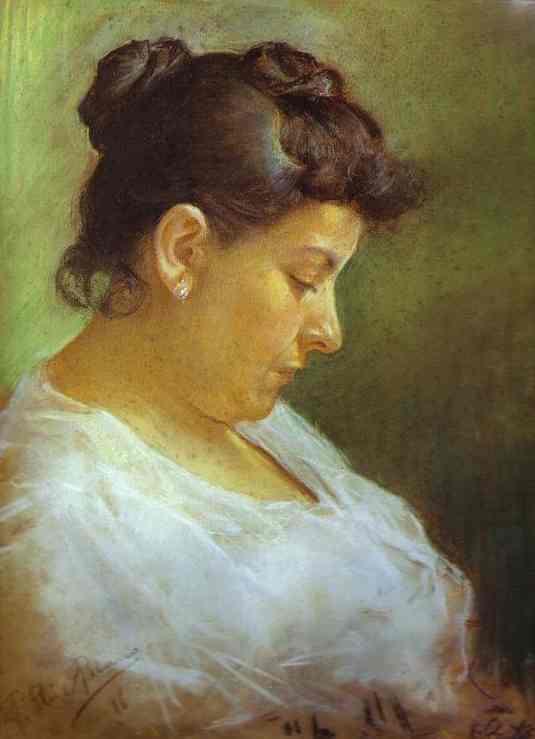
Picasso was a skilled realistic painter before he became an abstract artist. This is one of his paintings called "Portrait of the Artist's Mother."
If you are going to paint a portrait there intention. The intent is for the painting to faithfully represent your subject in a particular way or style. There is a purpose behind every mark.
With abstract oil painting, a person who is just throwing paint on a canvas doesn’t have intent. They are waiting to see what the result is of the mess that they’re making. They hope that a portion of their experiment looks cool enough to cut out and frame.
True abstract artists work from a place of intent. They know what they want the painting to look like specifically. They go and they paint utilizing and controlling values, colors, and edges.
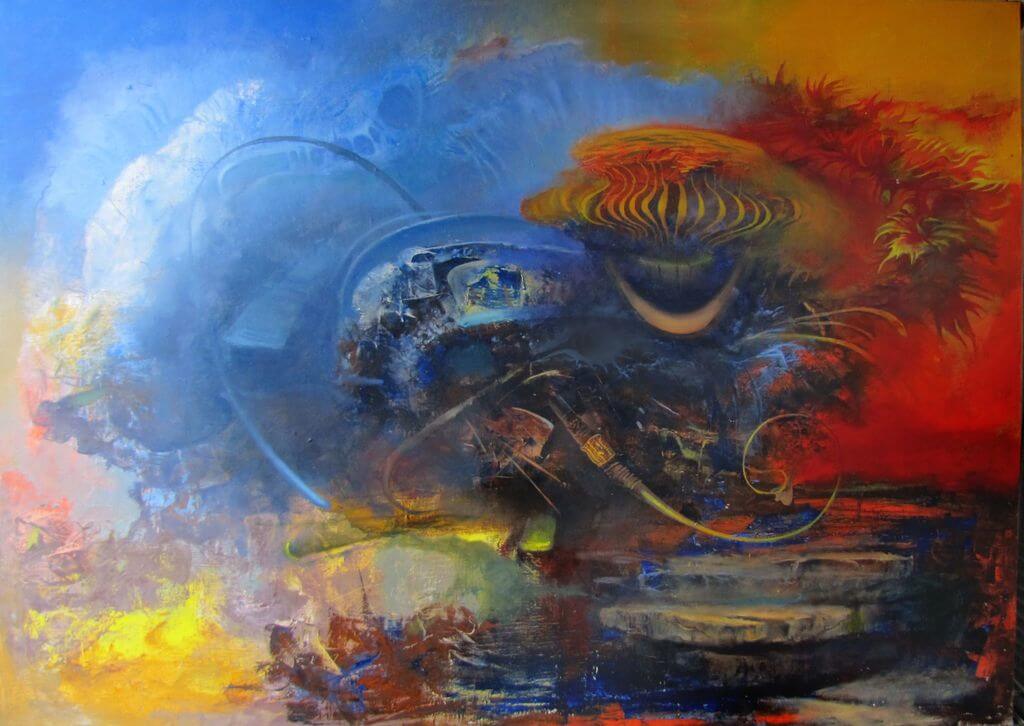
Abstract Painting by Mijodrag Jankovic.
Abstract Art Represents a Vision in the Artist’s Head
Miodrag Jankovic is an incredible example of intent in abstract art. His work is not representative or derivative of anything. It is purely abstract but there are some truly concrete places in the paintings and some ephemeral areas where you can’t make heads or tails of what they are. You can see through his control of color that he is specific with.
He has a series of paintings that are colored in the same way where he utilizes warms and cools for the sake of vibration.
Everything he’s doing is for effect. Hard edges, gradients — they’re all there for a reason but they’re not there to represent anything other than the abstract idea that he has formulated in his mind.
His intent is to represent what he has envisioned in his head. That vision is not necessarily connected to anything representative. That’s true abstraction.
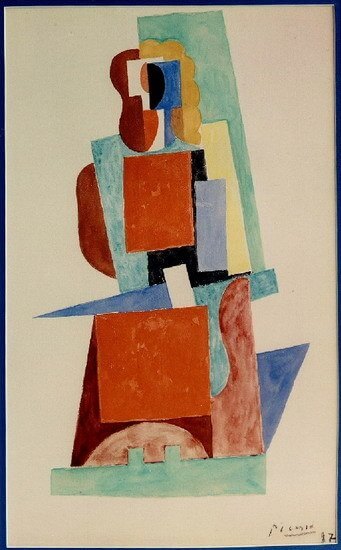
An abstract piece of art by Picasso called "Woman Sitting in an Armchair."
Highly skilled and executed abstract art is a thing of true beauty. It is an incredible thing to be able to do this and there aren’t a lot of people who can.
But it starts with intent. To be able to stay away from the beaten path and not produce something representative while still utilizing these tools to bring your intentions to life is an incredible challenge.
It requires an extraordinarily well-developed mind and set of skills.
How to Tell Good Abstract Art from Bad?
The issue with visual art is that there’s a system in place that tells us whether it’s good, rather than allowing us to decide for ourselves.

“Athena” 48×24 Oil 2017 by Rick Berry.
Curators and collectors try to tell us what is good and bad. When you go to a restaurant, you don’t need anyone to tell you whether the chef is awful. When you listen to music, you know if it’s good or a mess, regardless of genre.
But once you spend a little bit of time immersed in it, you will know what the really good stuff is compared to what you have seen and experienced for yourself.
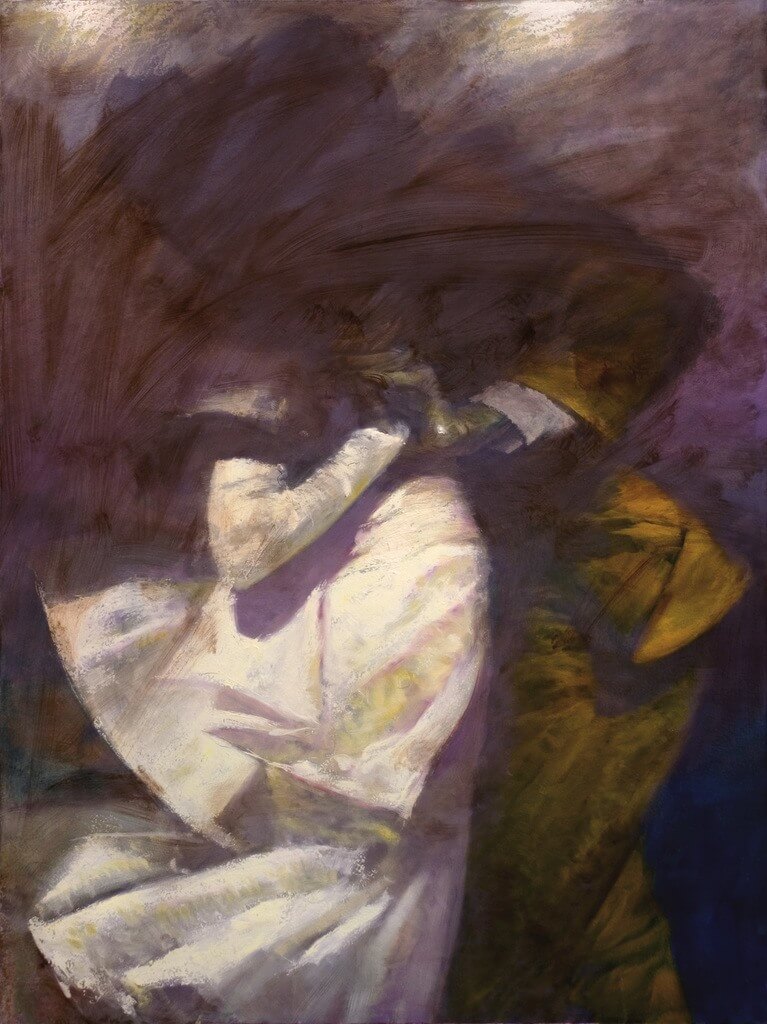
“My Parents before I Knew Them” by Rick Berry.
When Abstract Art Blends with Realism
Some artists combine abstraction, but still with intent. Rick Berry blends abstraction with realism. He mixes traditional and digital art back and forth.
He generates work based on intellectual impulse and emotional intent. He formulates an idea, crystallizes an intent, and then brings it to life.
Some of the time it crystallizes in something representative and other times it doesn’t.
Let’s say Rick is painting a figure. There will be portions of the figure that are tightly designed as a figure; they are concrete and you can almost smell the sweat on the figure.
But the figure is not even made out of flesh — they’re made of bronze. And then another portion of the figure is completely abstracted and hidden under layers of the painting.
Abstraction over realism over abstraction over realism over who knows what.
He’s able to do it because he has complete control of the moving parts of making art. And it is impossible to not recognize that when you look at the work.
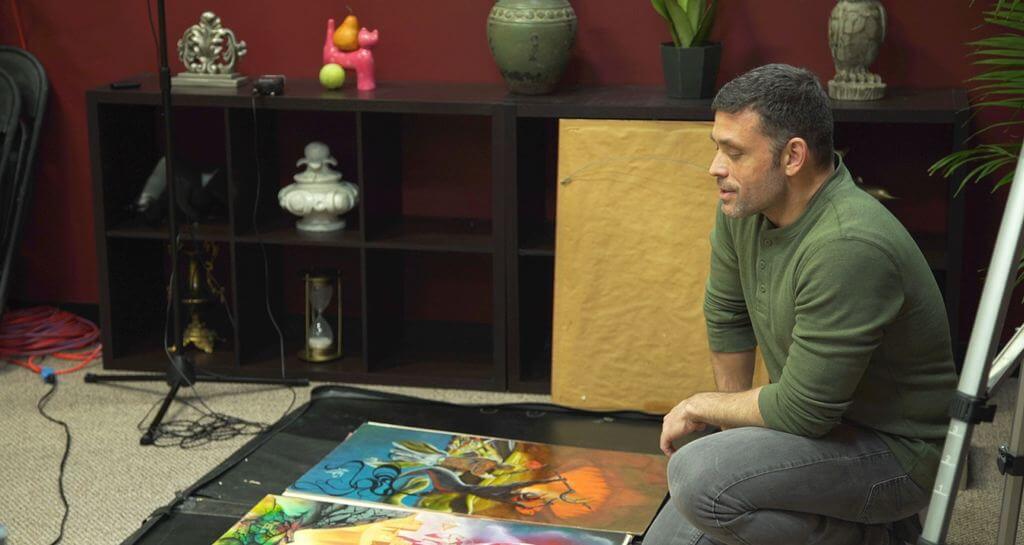
Some of Evolve Founder Kevin Murphy's work has utilized abstraction to create landscapes and portraits.
Using Art to Impact the World
When you make a piece of art, regardless of style, you’re looking to impact people. You want to draw them in. The worst thing that can happen to an artist is for somebody to walk past their art without slowing down.
A powerful piece of art captivates. You lose track of time standing in front of it. And you don’t have to connect words to it because it’s just a visual stimulation that draws you in and it engages you on emotional, visual, and tactile levels (meaning you can hear, smell, taste, and feel the painting). It doesn’t have to be a realistic painting.
Final Thoughts on Abstract Oil Painting
Abstract art is intentional, nuanced, and made with skills and intuition developed over time. Realism can help to develop these skills, and they are honed over years of practice, success, and failures. Abstract oil painting may not be for you but there is a definite place for it. Leave your comments below on your thoughts of abstract art.
Again, art, everything from hyper-realism to full-blown abstraction, has to do with the intent of the artist.
FREE MASTERCLASS:
The 4 Part Framework to Develop Artistic Excellence in 12 Months
